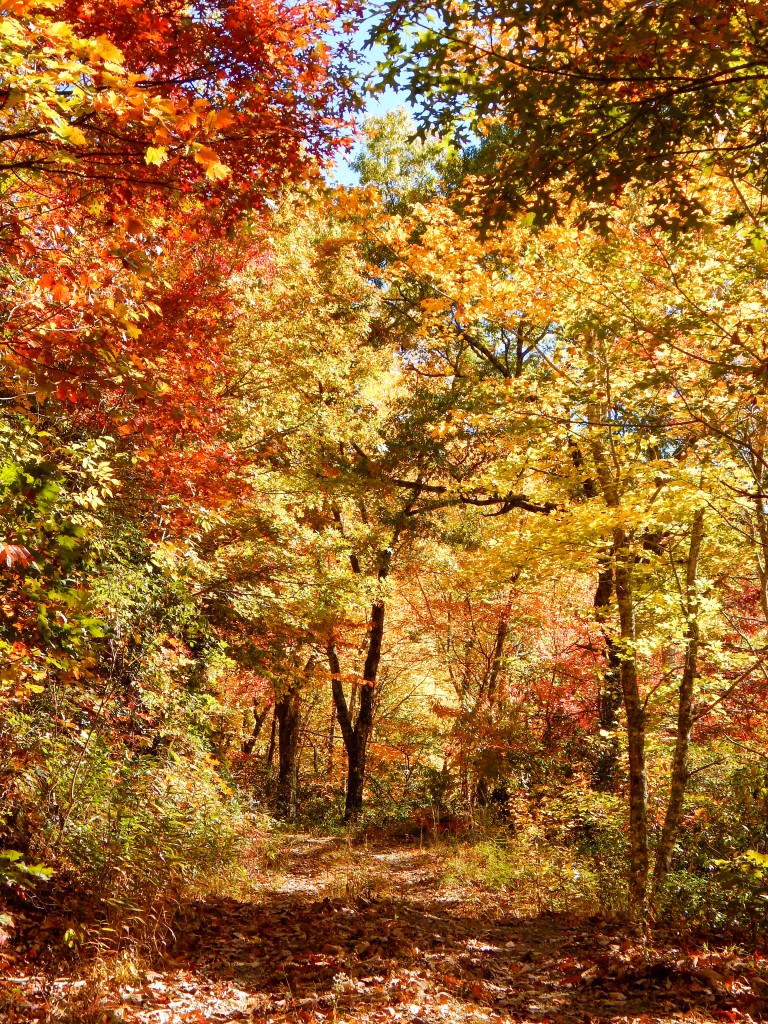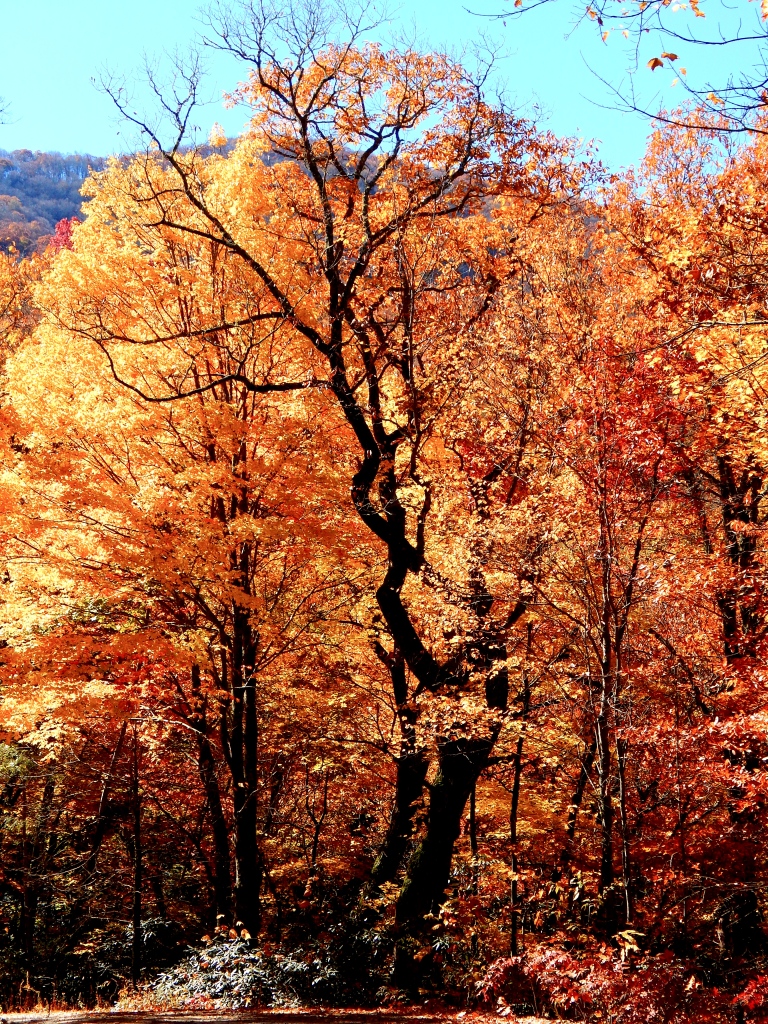[ad_1]
Nina Wurzburger discusses new research exploring the impacts of nitrogen fixers on tree species in recovering temperate forests. Finding evidence of a detrimental effect of nitrogen fixation on oak-hickory biomass, Wurzburger and colleagues suggest management techniques to manage forest nitrogen cycles.
Nitrogen fixation: A crash course
Nitrogen-fixing plants are nature’s answer to fertilizer. These plants partner with special bacteria that convert atmospheric nitrogen in exchange for plant sugars. Following a disturbance, nitrogen-fixing trees tend to proliferate in forests, and can fix a substantial amount of nitrogen before they are replaced by late successional trees.
It has been assumed that nitrogen-fixing trees benefit forests because nitrogen commonly limits tree growth. But, increasing land use intensity creates more suitable habitat for these nitrogen fixers, making them more and more dominant in recovering forests. Can nitrogen fixers fix too much nitrogen for the good of the forest?
Our study
In our recent study we examined whether the presence of nitrogen fixers following land use affects the long-term recovery of a temperate forest of the eastern United States. We found that the relationship between black locust, a native nitrogen-fixing tree, and forest recovery depended on the degree of disturbance and the tree species of interest. Red maple and tulip poplar gained more biomass if black locust was abundant in early succession, especially after high levels of timber extraction.
In that same scenario, however, oak and hickory rapidly declined in biomass. In fact, oak and hickory only gained biomass in stands where black locust was previously abundant after low levels of timber extraction. These findings suggest that under common land use practices, such as high levels of timber extraction, oak-hickory forests are losing their dominance to red maple and tulip poplar, partly due to their distinct responses to early successional nitrogen fixers.
Implications
Why would oak and hickory respond differently to nitrogen fixation in comparison with maple and tulip poplar? Our work suggests that the answer partly lies in their roots. Oak and hickory roots associate with ectomycorrhizal fungi, a group of fungi that invest energy to acquire nitrogen from hard-to-degrade organic matter. This strategy ensures slow, but steady, access to nitrogen, which provides these trees a competitive edge when growing in soils with low available nitrogen.
In contrast, red maple and tulip poplar roots associate with arbuscular mycorrhizal fungi, a group of fungi that invest less energy to acquire soil nitrogen that is already available. This strategy complements the rapid growth of the trees, providing them a competitive edge when soils have ample available nitrogen—such as those where nitrogen fixers were once dominant.
Managing nitrogen fixation
Oak-hickory forests provide valuable ecosystem services to the eastern United States, but, they are in decline. Can we manage the nitrogen cycle of these forests to prevent their loss? The answer is maybe, and it won’t be easy. One solution might be to reduce the abundance of black locust following timber harvesting, as this would prevent new inputs of nitrogen from fixation.
However, black locust has long-lived seeds and can vigorously sprout from root stock, making it challenging—if not impossible—to reduce. Another solution is to harvest oak and hickory at low levels to create the conditions in which black locust benefits their recovery.
Our results suggest that this would require cutting less than half the desirable oaks, and no more, in a typical mature forest of the region. Because nitrogen has also accumulated in forests due to atmospheric deposition, even no forest management is likely to result in a slow loss of oak and hickory.
However, we have one tool for reducing nitrogen in the ecosystem, and it has been employed for millennia by Indigenous Peoples—regular prescribed fire. Prescribed fire is currently thought of as a tool for sustaining oak-hickory forests by removing seedlings of undesirable species, but its role in removing nitrogen could be appreciated more.
Read the full Open Access article “Forest mycorrhizal dominance depends on historical land use and nitrogen-fixing trees” in Journal of Applied Ecology
[ad_2]
Source link





Leave a Reply